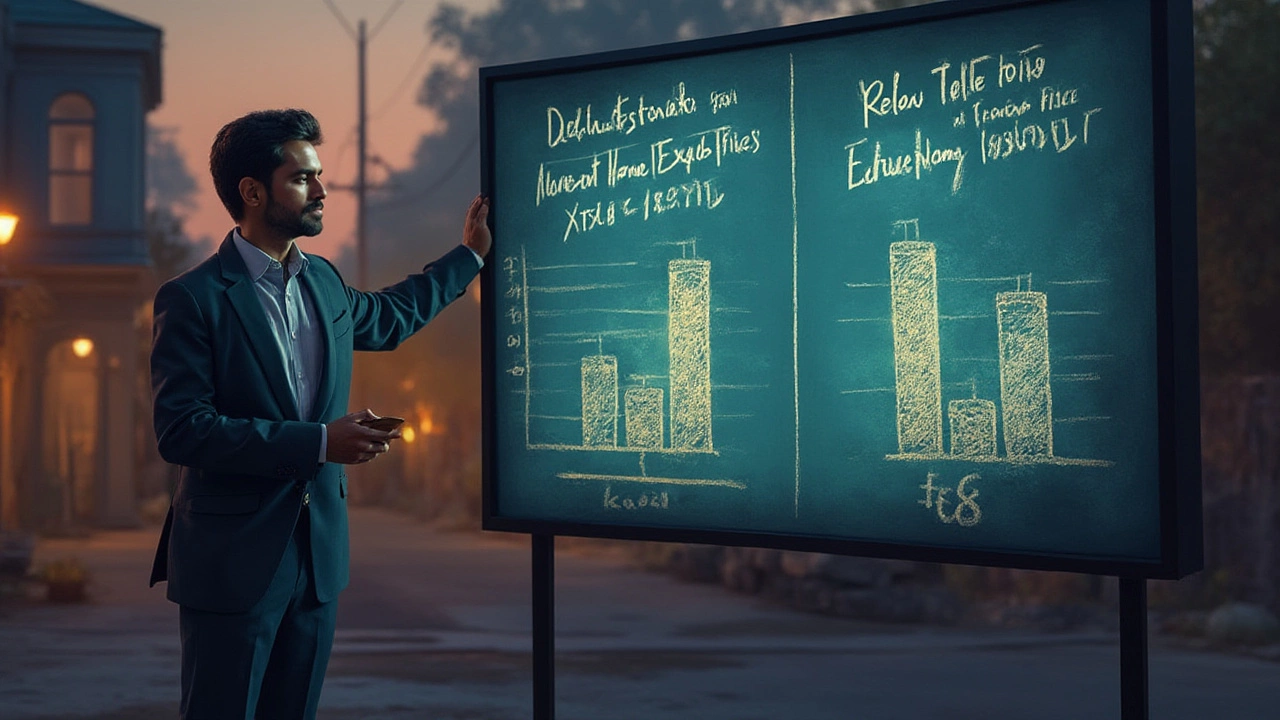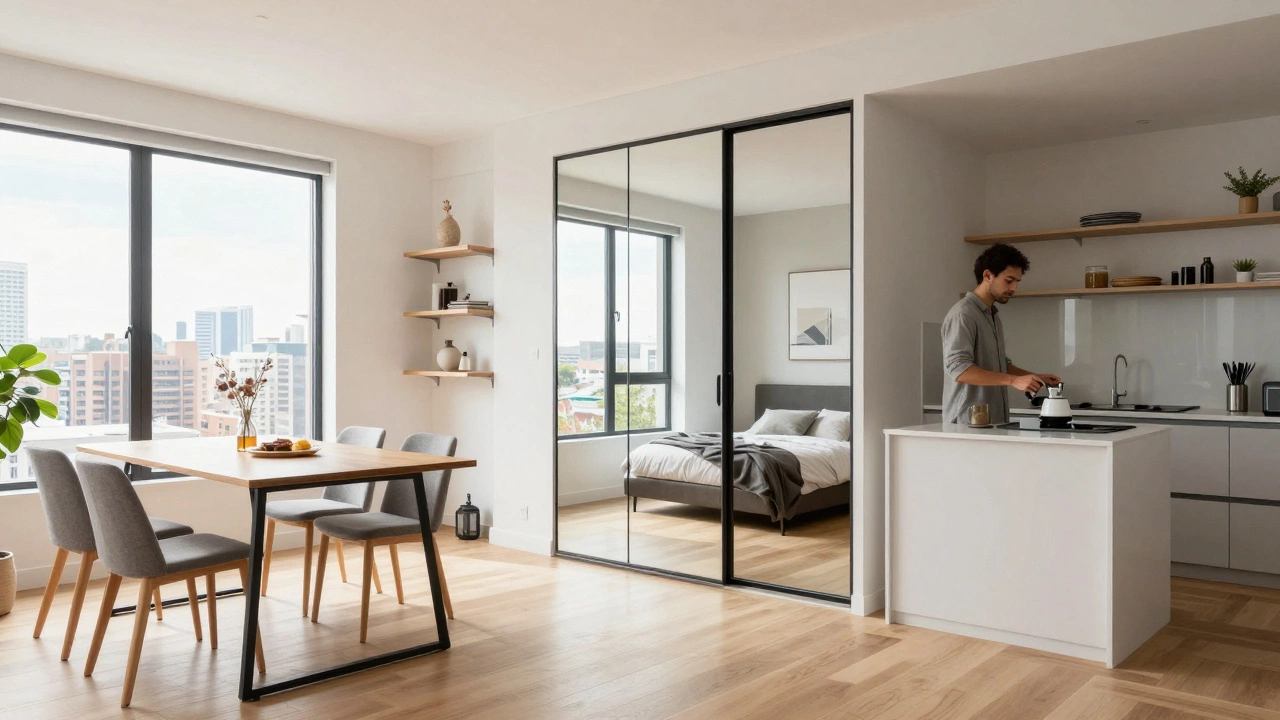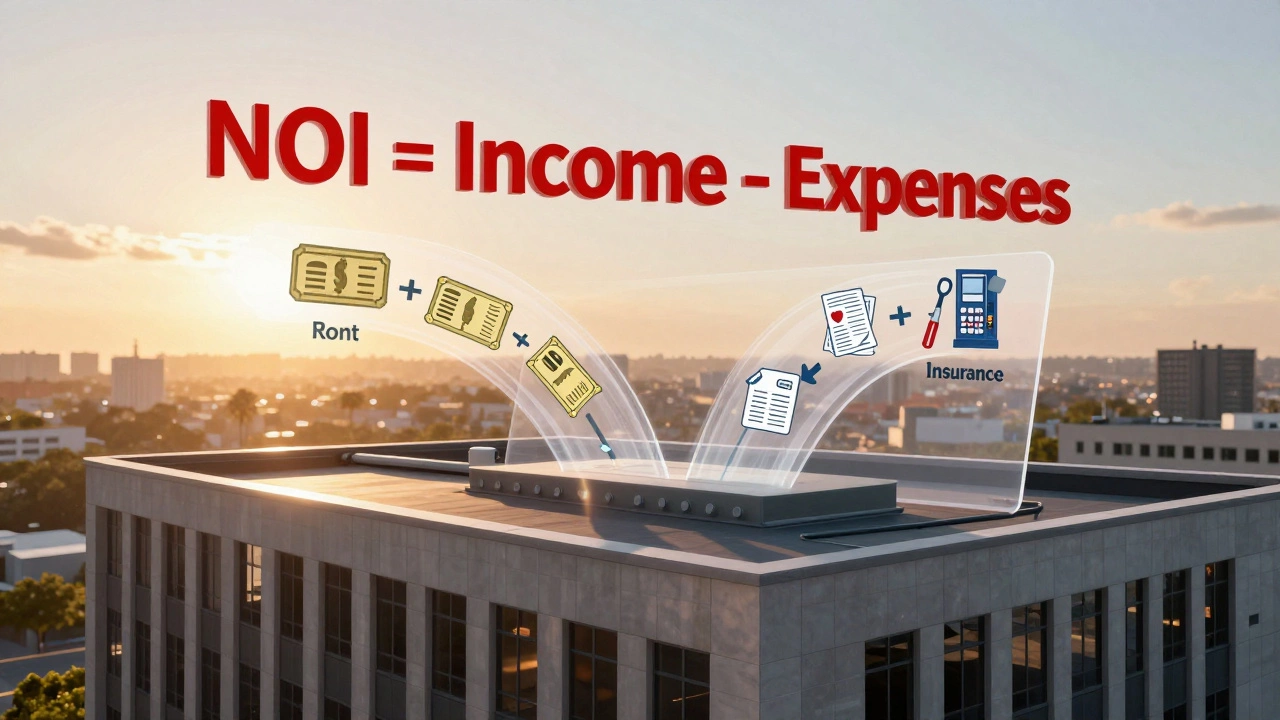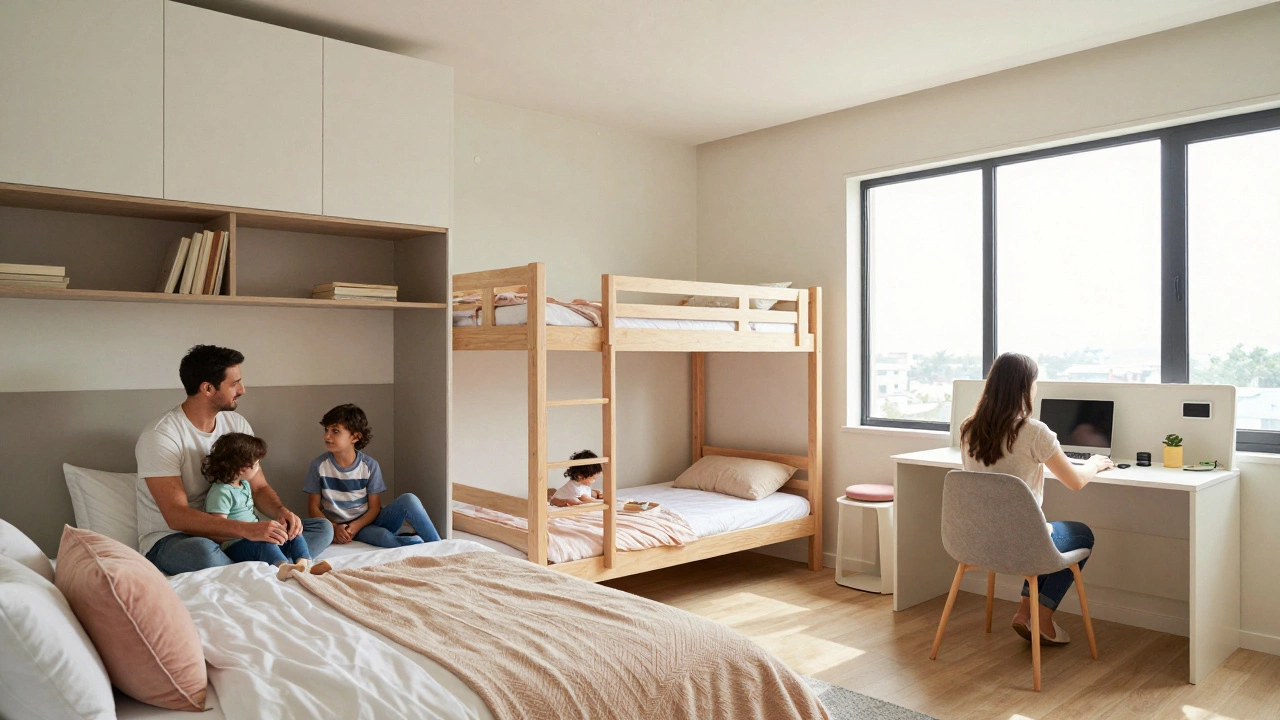Zillow crashed into the real estate world promising to make home values as easy to check as the weather. People scroll through listings and, almost immediately, check that famous Zestimate. But how close is Zillow’s magic number to what homes actually sell for? I've seen neighbours refuse lowball offers because Zillow said their house was worth more—meanwhile, buyers get fixated on the 'bargain' they're spotting online. Is this steadfast Zestimate really the oracle of home prices, or just a digital horoscope with prettier graphs?
The Secret Sauce Behind Zillow’s Zestimates
The idea is simple: crunch mountains of data and spit out a best-guess value. Zillow says their algorithm chews on public records, recent sales, taxes, user-submitted data, and details like square footage or the number of bathrooms. The more recent and local the data, the better their guess. Zestimates refresh several times a week, and Zillow says they cover over 100 million homes, even ones not for sale.
What’s wild is how the algorithm weighs certain data. Updates like new kitchen photos, a fresh roof reported by a user, or a recent tax assessment can nudge the price dramatically. Sometimes, you’ll see Zestimates shift by tens of thousands overnight. This is the double-edged sword: hyperreactive to data, but also vulnerable to gaps and errors. Imagine your neighbor’s outdated record drags your value down, or that DIY deck you forgot to log is costing you—digitally. Specialized properties (think custom builds or homes in remote places) are trickier for the algorithm than cookie-cutter suburbs, where there are lots of similar past sales for reference.
Zillow doesn’t hide its limitations. The site even rates each market for accuracy, showing you the median error. As of 2024, the median error was about 2.2% for on-market homes, according to their transparency reports. For off-market homes? The error soars to 6.8%. It’s a big difference. A $900,000 house could be off by $61,200 in the worst case!
Zestimate vs. Real Selling Price: What the Numbers Say
Here's where things get interesting. People love the idea of an algorithm, but the reality is messier. A deep dive by independent analysts in the U.S. (where Zillow is biggest) found that in 2023, half of homes sold within 4.5% of their Zestimate, while the other half strayed more—sometimes by tens of thousands, or more in luxury or rural markets. In some cases, people reported wildly inaccurate Zestimates; there are stories of Zestimates swinging by $100,000 overnight when a neighbouring home finally sold after months off the market, giving the algorithm fresh data.
Check this comparison, based on Zillow's published 2024 accuracy report for metropolitan areas:
| Metro Area | Median Zestimate Error |
|---|---|
| San Francisco | 1.1% |
| Dallas | 2.7% |
| Phoenix | 2.3% |
| New York | 2.9% |
| Seattle | 2.2% |
These are decent numbers, but while half of the homes may be this accurate, other properties wander way off. Rural properties, high-end homes, and anything weird—like a converted barn—are much harder. That’s because computers rely on comparable sales. If your house is unlike its neighbours, the Zestimate becomes less reliable.
Buyers and sellers sometimes treat the Zestimate as holy, but real human appraisers regularly spot things algorithms miss. Maybe your house looks like a listing from 1978 (with brown carpets to match), or maybe you’ve redone every surface with the best designer materials—Zillow’s algorithm only knows what it sees in records and recent sale data, so it can guess wrong both ways.
Why Zestimates Get It Wrong Sometimes
The phrase “garbage in, garbage out” applies here. If your home data on public records is outdated or inaccurate, the Zestimate starts from the wrong place. Did you finish the basement? Zillow might not know unless you—or the county—tell them. Or maybe a local market is moving fast and the system hasn’t caught up yet. Big housing swings, like the rollercoaster changes in 2020 or 2021, smack Zestimates with a lag, because their data chase the last sale, not tomorrow’s mood swing.
Location quirks can also create massive gaps. Living on a busy street versus the quiet cul-de-sac out back? Same suburb, maybe nearly identical houses, but prices can diverge—sometimes by a chunk. Zillow can’t visit every home, so it misses all the intangibles, like the neighbor's loud rooster, the sunset view, or the trendy coffee shop around the corner.
Here in Australia, we use similar sites—think Domain or Realestate.com.au—but Americans use Zillow like gospel. Sometimes, sellers set their price based on the Zestimate, even when the market is swinging. But in hot markets, buyers flood a property and start bidding wars that blow past all expectations, Zestimate or not. This happened constantly in San Diego and Austin during the pandemic boom, when offers could beat Zestimates by 10% or more within days.
If you’re wondering why your Zestimate seems way off, try updating your home’s data on Zillow. Add fresh photos, update the number of bedrooms or renovations completed. Sometimes, a simple tweak can swing the estimate up—or down—instantly.

How Real Estate Agents, Buyers, and Sellers Use Zestimates
I’ve seen first-hand how Zestimates shape conversations between agents, buyers, and sellers. Buyers stroll into open homes clutching a Zillow figure, ready to negotiate. Sellers, meanwhile, are quick to point out when their Zestimate supports a higher price. Agents walk a fine line: they can use Zestimates as a conversation starter or a bargaining chip but rely on deeper insights for pricing homes.
Some agents push back against Zestimates, calling them a 'fun tool, not a pricing guide.' They prefer traditional methods—like recent sales, deep local knowledge, and hands-on walk-throughs. But Zestimates still set the tone. In a 2023 buyer survey, 68% of first-time buyers checked the Zestimate before making an offer. That’s a lot of sway for a number that isn’t 100% accurate.
Savvy agents often use Zestimates to their clients’ advantage. If a home’s true value looks way above the Zestimate, buyers might use that number to negotiate down; on the flip side, sellers trumpet Zestimates when they’re in their favour. A smart move for anyone buying or selling is to treat the Zestimate as the start of the conversation—not the end.
- Compare Zestimates to prices of recently sold homes in your area (within the last six months).
- If you’re a seller, update your home’s details on Zillow to make the algorithm smarter.
- As a buyer, use the Zestimate as leverage to start negotiations, but always budget for repairs or unseen issues.
- Always check local market reports for trends and sales velocity—sometimes Zestimates lag behind fast-moving shifts.
- For unique homes or unusual locations, don’t rely solely on Zestimates; consult an independent appraiser too.
Tips for Getting the Most from Zillow’s Value Estimates
If you’re about to buy, sell, or simply curious about your home’s worth, it pays to play the Zestimate game smartly. Zillow isn't perfect, but you can make it work for you. Here’s how people get the most accurate picture:
- Update your property facts with as much detail as possible. Photos, renovation info, and correct square footage give the algorithm more to work with.
- Review your neighborhood for recent sales—Zillow shows 'comps' (comparable homes) right in the listing. Compare those final sale prices to Zestimates to see if there’s a gap.
- Watch the trend line. If Zestimates are climbing steadily, the area might be hot. If they’re swinging up and down, it’s likely a sign of patchy local data or a volatile market.
- Don’t forget to factor in what the Zestimate can’t see: specific upgrades, landscaping, or unique features. Buyers still put value on these, even if the algorithm can’t price them.
- If you’re serious—get a professional appraisal before setting a selling or offering price. In many cases, Zestimates will be close, but not close enough to gamble real money on.
- Keep an eye on the home's 'Zestimate history.' Sometimes, you’ll spot wild swings. These can clue you into issues with how data is being updated in your area.
The real trick? Don’t get emotionally attached to your Zestimate. Owners often anchor their price hopes there, but actual sales depend on hundreds of one-off factors—some a computer just can’t feel. Think of it as a digital guide, not the property bible.
The Bottom Line: Are Zestimates Good Enough?
People crave certainty. Zillow gives a number that feels official, with a confidence interval and slick graphs to back it up. But the truth is, Zestimates are only as good as the data behind them. If you’re in a tract suburb where every house is similar, the error might be tiny. Get into the weeds with a one-of-a-kind property or a fast-changing market, and the Zestimate can be way off the mark.
The most useful way to use Zillow is as a weather vane—measuring local trends and getting you ballpark figures. But don’t bet your home sale (or your bid) on that number alone. Double check real comps, update your info, and talk with pros who know your local patch inside and out. The Zestimate is a smart tool, but not smart enough to replace real human expertise just yet.
So, next time you scroll Zillow and see that magical number, remember: it's not fortune-telling. It’s a quick guess. A good one, sometimes. But always worth backing up with hard data and human know-how—especially before you sign anything or slam a deposit down.





